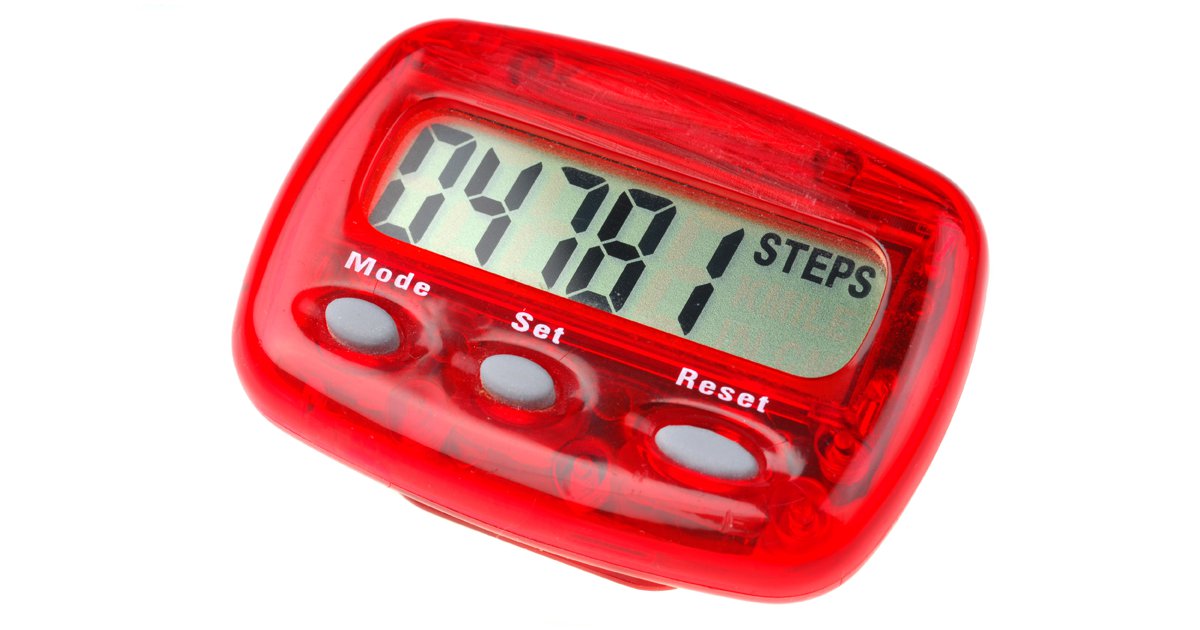Walking intervention may increase step counts for patients on dialysis
A 3-month intervention using pedometers increased step counts for patients on dialysis, though steps reverted to baseline during the post-intervention follow-up.
“Patients treated with dialysis report very low levels of total physical activity (including activity as part of daily living and purposeful exercise) that are well below recommended levels,” Anoop Sheshadri, MD, of the division of nephrology at the University of California, San Francisco, and colleagues wrote. “These extremely low levels of activity are associated with poor functional status and higher mortality ... Patients receiving dialysis also have impaired physical function and experience a heavy burden of symptoms, including fatigue, weakness and muscle cramps. These symptoms are worse among more sedentary patients, and it is possible that increasing activity could alleviate them.”
To assess the impact of an intervention on physical activity, researchers assigned 60 patients on dialysis to a group in which they were given pedometers with weekly step goals or to usual care.
After 3 months, researchers found patients assigned to the intervention increased their average daily steps by 2,256 more than those in the control group. In addition, heart rate variability increased by 14.94 milliseconds for those in the intervention group.

No differences between groups in symptoms, physical performance or endothelial function were observed, and participants in the intervention group reverted to baseline steps at 6 months.
“We had hypothesized that increasing step counts would improve fatigue because higher physical activity is associated with higher levels of energy or decreased levels of exhaustion in the dialysis population,” the researchers wrote. “It may be that patients in our intervention group ‘overtrained,’ resulting in fatigue, which can occur even in highly conditioned athletes. However, we would have expected to observe this at the 3-month assessment when participants in the intervention group were at their highest step counts rather than at 6 months when they had regressed to baseline.”
Still, they suggested: “It is possible that patients who are able to successfully and sustainably increase walking will also have improvements in physical function or symptoms, although further study will be needed.” – by Melissa J. Webb
Disclosures: The authors report no relevant financial disclosures.
